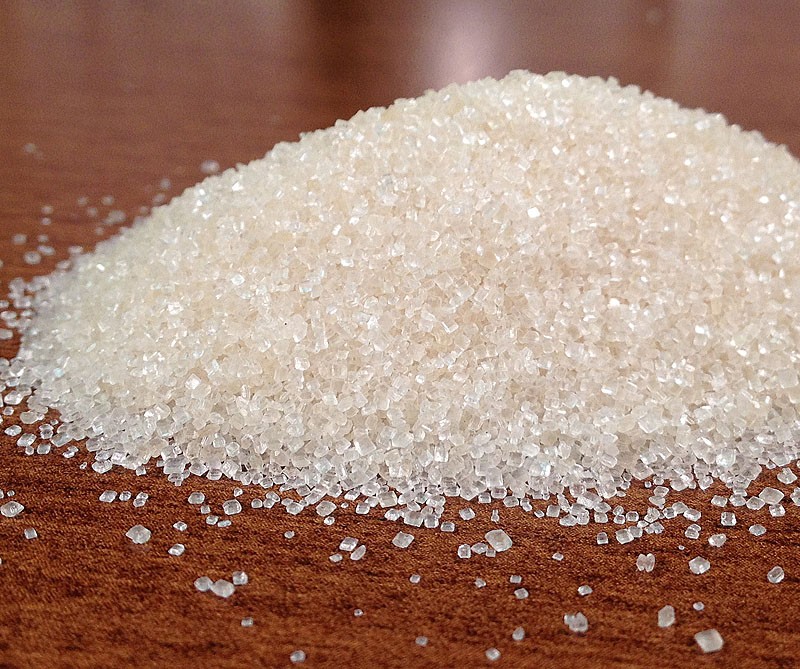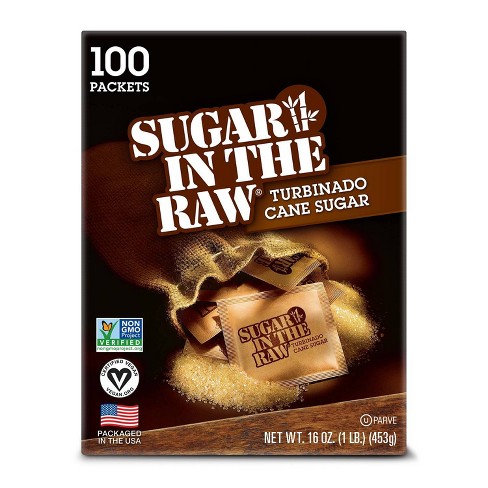Cane Sugar Processing: From Field to Table-- A Step-by-Step Guide
Cane Sugar Processing: From Field to Table-- A Step-by-Step Guide
Blog Article
A Thorough Review of the Wellness and Economic Ramifications of Walking Cane Sugar Processing on Local Neighborhoods
Walking stick sugar processing plays a critical function fit the financial landscape of regional communities, supplying employment chances and stimulating ancillary industries. Nevertheless, the wellness ramifications related to high sugar usage can not be forgotten, as they add to climbing rates of obesity and diabetic issues. This nuanced vibrant welcomes a crucial assessment of just how areas can enhance financial gains while dealing with the pushing health difficulties they encounter. The exploration of educational campaigns and lasting techniques might simply hold the secret to resolving these clashing interests. What strategies might communities implement to achieve this balance?
Economic Advantages of Walking Stick Sugar Handling
Walking stick sugar handling uses considerable financial benefits that extend past the immediate farming industry. The farming and processing of sugarcane create countless task opportunities, from farming to manufacturing and circulation. This employment generation not only supports neighborhood economic situations but also promotes neighborhood advancement by providing steady income sources for family members.
Moreover, the sugar industry boosts supplementary companies, including transport, tools supply, and packaging services (Cane Sugar Processing). As these fields expand, they contribute to a more durable economic structure, improving general area strength. The export potential of processed cane sugar even more amplifies economic benefits, positioning areas as affordable players in worldwide markets
Financial investment in contemporary handling centers can result in boosted efficiency and performance, thereby lowering waste and optimizing resource use. This shift not just profits the neighborhood economy yet also supports sustainability efforts by reducing environmental effects.
Moreover, the income produced from walking stick sugar handling can be reinvested in neighborhood framework, education and learning, and medical care, advertising all natural area development. On the whole, the financial advantages of walking cane sugar handling are diverse, supplying a structure for withstanding success in agricultural regions.
Health And Wellness Threats Connected With Sugar Intake
Excessive sugar intake positions considerable health dangers that warrant significant interest. High consumption of added sugars, specifically from processed foods and drinks, has actually been linked to countless health and wellness problems.
In addition, high sugar usage is connected with heart disease. Raised blood glucose levels can cause insulin resistance, a precursor to numerous heart-related problems. In addition, sugar can have detrimental effects on oral health, causing dental caries and periodontal disease, as bacteria in the mouth flourish on sugar, generating acids that erode tooth enamel.
Moreover, emerging research study recommends a possible link in between high sugar intake and mental health and wellness disorders, such as clinical depression and anxiety. As communities come to grips with these wellness risks, it ends up being important to advertise recognition and urge healthier dietary options. Addressing sugar usage is critical not only for private wellness however also for the total health of local communities, highlighting the requirement for thorough public wellness strategies.
Environmental Effects of Sugar Manufacturing
Frequently ignored in conversations concerning sugar's ramifications is the significant environmental influence of sugar manufacturing. The farming of sugarcane frequently demands considerable land use, causing logging, loss of biodiversity, and disruption of regional environments. The conversion of woodlands and wetlands into sugar plantations can result in environment devastation, harmful various species and altering eco-friendly equilibrium.
Additionally, sugar manufacturing is resource-intensive, consuming considerable quantities of water for watering. This can cause exhaustion of regional water sources, detrimentally influencing both farming methods and neighborhood access to tidy water. Furthermore, making use of chemical plant foods and chemicals in sugarcane farming can add to dirt deterioration and water pollution, as drainage from these chemicals goes into nearby rivers and lakes, impacting marine life and human wellness.
The environmental footprint prolongs to the handling phase, where energy consumption and waste generation additional worsen eco-friendly problems. Air air pollution from shedding sugarcane fields, along with greenhouse gas exhausts, add to climate adjustment. Thus, the environmental implications of sugar manufacturing warrant major consideration, prompting stakeholders to adopt more lasting techniques to mitigate these damaging effects on neighborhood ecosystems and neighborhoods.
Work Development and Neighborhood Development
The ecological challenges posed by sugar manufacturing are typically counterbalanced by its capacity for financial advantages, particularly in task development and area development. The walking stick sugar sector serves as a considerable resource of work in numerous rural areas, Clicking Here offering work throughout different ability degrees, from farming labor to processing and distribution functions. This employment not only sustains specific family members but likewise adds to the general financial vigor of neighborhood communities.
Furthermore, the establishment of sugar handling centers stimulates supplementary companies, such as transport solutions, tools supply, and upkeep companies. As these services grow, they create extra tasks and reinforce regional economic climates. The profits produced from the sugar market likewise causes boosted tax obligation incomes, which can be reinvested into neighborhood services such as medical care, education and learning, and facilities advancement.
Moreover, the sugar industry usually takes part in neighborhood advancement campaigns, such as supporting neighborhood institutions and wellness programs, thus boosting the lifestyle for residents. By promoting solid neighborhood connections and promoting financial development, the walking stick sugar handling industry plays an essential function in uplifting neighborhood populations, making it a necessary component of lasting development approaches in sugar-producing areas.
Balancing Wellness and Economic Growth
In browsing the complexities of walking stick sugar handling, a crucial difficulty exists in balancing health and wellness considerations with economic development. The sugar sector considerably adds to local economic situations by generating work, promoting relevant fields, and boosting tax obligation profits. However, the wellness implications related to extreme sugar intake can lead to chronic diseases such as weight problems, diabetes mellitus, and cardio issues, which can burden public health systems and decrease workforce efficiency.

Moreover, governing frameworks can play a critical duty in directing sector practices in the direction of even more health-conscious and sustainable strategies. By fostering cooperation in between federal government bodies, health and wellness companies, and the sugar industry, areas can navigate the dichotomy of health and economic development, ensuring that the benefits of walking stick sugar handling are equitably shared while focusing on try this site public wellness.
Conclusion
Finally, the processing of walking stick sugar offers both significant economic advantages and significant health and wellness threats for neighborhood communities. While it promotes task development and stimulates regional advancement, the involved health and wellness issues, particularly concerning obesity and diabetes, necessitate a careful harmonizing act. By advertising accountable usage and investing in community education and sustainable methods, it is feasible to maximize financial benefits while minimizing negative wellness effects, therefore ensuring a healthier future for regional populations.
Furthermore, sugar can have damaging results on oral health and wellness, resulting in dental caries and gum tissue illness, as bacteria in the mouth prosper on sugar, producing acids that deteriorate tooth enamel.
Addressing sugar intake is critical not just for individual wellness but also for the general well-being of neighborhood communities, highlighting the need for extensive additional info public health methods.
Often forgotten in conversations about sugar's effects is the significant environmental influence of sugar production. The wellness implications associated with extreme sugar intake can lead to chronic diseases such as obesity, diabetes, and cardiovascular problems, which can burden public health and wellness systems and lessen workforce performance.

Report this page